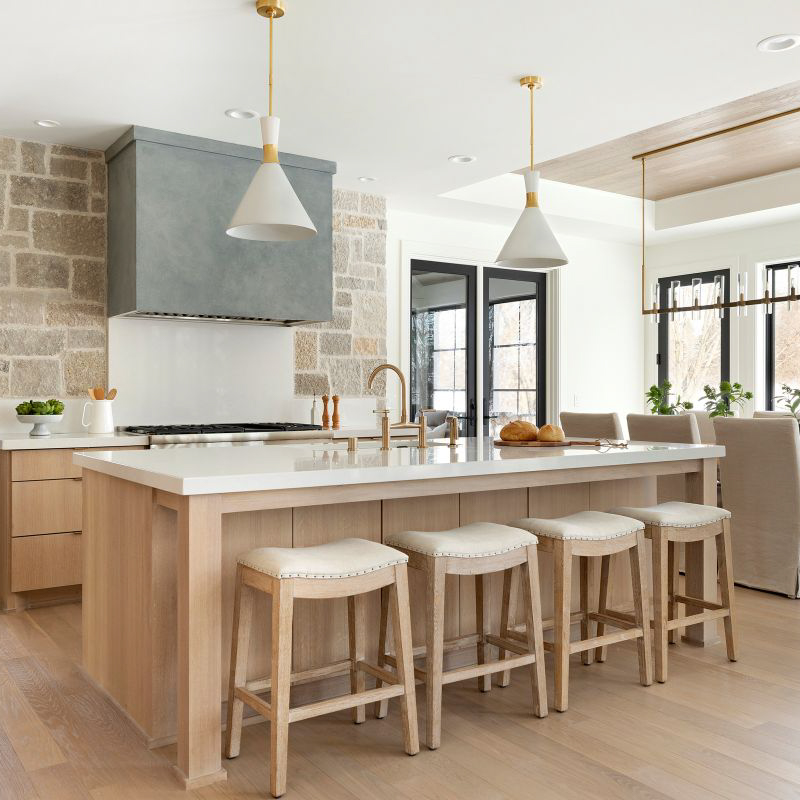Artistic light plays a crucial part in the world of art as it brings out the emotions and creativity of artists in their works. Lighting can be used to create a specific atmosphere, establish a mood, and highlight certain aspects of a piece of art. The way light interacts with an artwork has a significant impact on the way viewers perceive it. In this article, we will explore the different ways artists use light to convey emotion and creativity in their works.
The Role of Light in Art
Light is an essential element of art that can change the way we perceive a piece of artwork. Artists use lighting to accentuate the intensity of a mood, create a sense of depth, and highlight certain objects in their work. By controlling the intensity, color, and placement of light, artists can control the emotions conveyed in their artwork.
Lighting Techniques in Art
There are several lighting techniques that artists use to create specific effects in their work. One such technique is chiaroscuro. This technique involves using a stark contrast between light and dark in a composition. This creates a dramatic effect that highlights the subject and creates a sense of depth and volume.
Another lighting technique that artists use is backlighting. Backlighting involves placing a source of light behind the subject to create a glowing effect. This technique is commonly used in portrait photography to accentuate the subject’s hair and provide a sense of depth.
Creating Emotion through the Use of Light
Lighting plays a significant role in creating an emotional response from the viewer. For example, artists often use warm lighting to create a sense of comfort and happiness, while cooler lighting can be used to create a sense of sadness or unease. In the famous painting “Starry Night” by Vincent Van Gogh, the artist uses cool blue and green tones to convey a sense of calmness and serenity.
Artistic light is a powerful tool that artists use to create emotion and depth in their works. A thoughtful consideration of lighting can transform a painting into a masterpiece, creating an emotional response from viewers that transcends language and culture. Whether an artist is using chiaroscuro to create drama or warm lighting to create a sense of comfort, the power of artistic light is undeniable.
